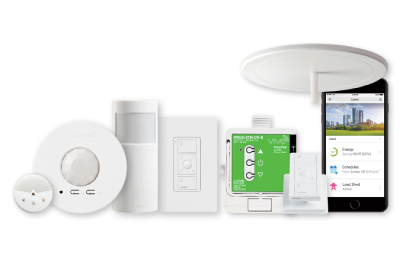Wireless Lighting Solutions can Help Save on Installation Time

Dec 18, 2020
Lighting impacts virtually every aspect of a building. Wireless lighting technologies can provide contractors with cost-effective, readily available lighting control solutions that are ideal for retrofit or new construction projects such as offices, classrooms, retail, and healthcare facilities.
Smart, wireless solutions offer significant advantages from project estimating and bidding to final installation and programming.
Labor and materials
In a recent study on labour shortages in the construction industry, 38 percent of contractors said they are using time-saving products to speed up the construction process; 53 percent said they have had to accept fewer projects.
Wireless lighting control can reduce labor time by up to 70 percent compared to wired solutions – essential to accommodating new builds and renovations during critical times. A new video from Lutron Electronics demonstrates how a wired occupancy sensor can take 4 times as long to install as a wireless one. Time-saving, wireless solutions help you get on and off jobs faster so you can take on more projects with less risk.
Project Changes
Callbacks and changes to project scope can quickly cut into tight timelines and tight profits. Wireless control makes it easy to accommodate changes without compromising schedules or budgets. If the space layout changes, and the customer wants to move a sensor, it’s fast, easy and takes just a few minutes to reprogram.
If the installer accidentally forgot to add a control location (the dreaded “oops I forgot one” scenario), add a control at any time with no new wiring. Wireless is flexible, adaptable, and scalable giving contractors and their customers peace of mind.
Wireless lighting control makes it easier to work smarter, not harder to install a smart flexible solution that will help create customers for life.
Go HERE for more information










![Guide to the Canadian Electrical Code, Part 1[i], 26th Edition – A Road Map: Section 10 – Grounding and Bonding](https://electricalindustry.ca/wp-content/uploads/2022/11/Guide-CE-Code-2.png)





